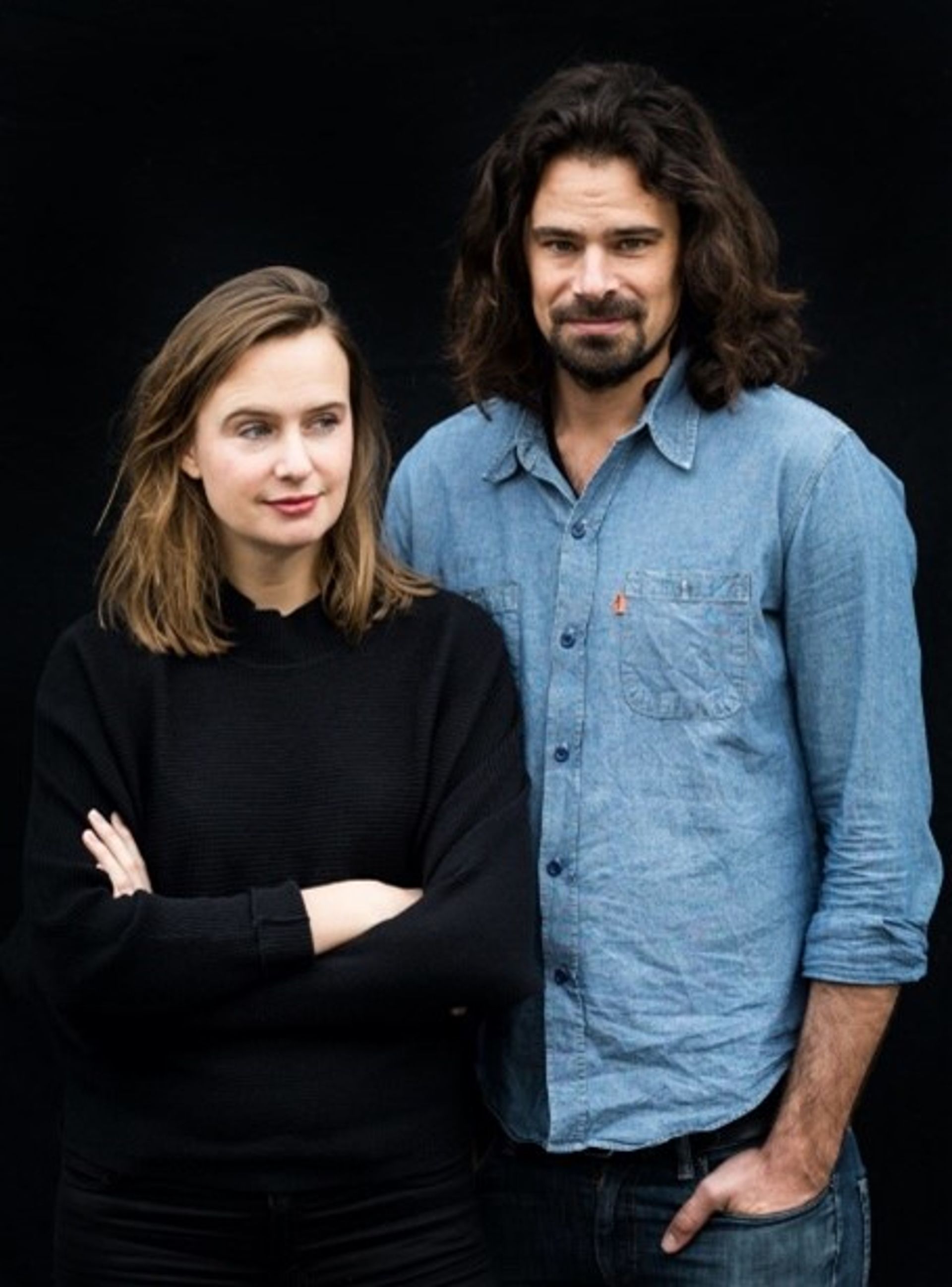After 18 months of rolling lockdowns, and the digital fatigue that has accompanied the endless parade of online viewing rooms, the desire to experience art in the flesh has perhaps never been greater. Superblue, the New York and London-based art centre which sells experiences not objects, now aims to satisfy that craving, bringing its particular brand of immersive art to New York and London this autumn.
First up is a large-scale exhibition of multi-sensory works by the Amsterdam-based duo DRIFT (Lonneke Gordijn and Ralph Nauta), which opens at The Shed in Manhattan next month (29 September-19 December December). All five pieces are new commissions, redeveloped or freshly fabricated for the New York show. Superblue and The Shed are sharing the costs, which remain undisclosed.
Titled Fragile Future, the exhibition proposes utopian visions for the future of the planet. Two works, Fragile Future and Coded Coincidence, incorporate seed heads which have been glued to LED lights to create kinetic sculptures, one of which is controlled by choreographed wind machines. Another work, titled Ego, consists of a large block of hair-thin threads, illuminated and suspended in mid-air. The exhibition culminates in a series of multi-channel projected films, Drifters, which follow a group of concrete blocks that float through dystopian environments in New York City and elsewhere, in search of their destination. On certain dates, the series will be transformed into an enormous immersive performance spanning The Shed’s four-storey, 17,000 sq. ft McCourt space.
Gordijn points to the scientific report released by the United Nations earlier this week, which warned of a “code red for humanity”. “It states so clearly that we have to change, but we all freak out because we don't know how to change,” she says. “But if you look back at nature, and how nature is always changing, and how we are actually born to constantly change, we can maybe feel more at ease and more confident that we are meant to adapt.”
DRIFT is represented by both Superblue and Pace Gallery, which—both firms stress—are separate businesses. Superblue was spawned from PaceX, a collaborative project begun in 2019 between Mollie Dent Brocklehurst, now Superblue’s chief executive officer, and Pace Gallery’s president and chief executive, Marc Glimcher.
As Dent-Brocklehurts puts it: “Superblue is not particularly in the business of selling art objects, we’re in the business of selling tickets and commissions. So if we divide an artist with Pace, then we are involved in creating new works and exhibitions with them, as well as any new commissions they may have. Whereas Pace does the more traditional exhibitions and sales of artwork.”
Full price tickets for The Shed presentation cost $25 (concessions are available at $18), with profits split between the commissioning body and the artists. It heralds a new model geared towards the experience economy. “We would rather share our work with many people who each pay a little for being a part of the work, than have one collector buy the work and lock it up in their backyards or basement,” Gordijn says. “Museums do not always have the space or resources to fund this type of art, so it becomes more of a public crowd-funding situation.”

Dutch artists Lonneke Gordijn and Ralph Na uta, who together form DRIFT Photo: JW Kalenbach. Courtesy of DRIFT
Superblue also opens in London in October, in the gallery currently occupied by Pace on Burlington Gardens in Mayfair. Pace, meanwhile is moving to nearby Hanover Square. For now, it’s a temporary takeover by Superblue. “There was a certain amount of time left on Pace’s lease and I thought that would be a nice thing to jump in on,” Dent-Brocklehurst says.
Studio Swine, a collaboration between the Japanese Architect Azusa Murakami and the British artist Alexander Groves, is creating a a site-specific multi-sensory experience for the London space. The installation, titled Silent Fall , consists of trees that emit mist bubbles, which will engage visitors’ smell and touch, as well as their vision.
Given the size of the space, it won’t be a “full-blown Superblue exhibition but it definitely ticks the box of being this really beautiful immersive moment”, Dent-Brocklehurst says, likening it to Walter de Maria’s famous Earth Room, the last iteration of which was installed in New York in 1977.
Though she is not “actively” looking to open a permanent space in London, Dent-Brocklehurt doesn’t rule it out. “We’re interested if the right thing comes along,” she says. Other reports suggest Superblue has plans to expand in Europe and Asia, but Dent-Brocklehurt says the venture is “looking to open more spaces in the US before anywhere else”.
Superblue first opened in an enormous 50,000 sq. ft warehouse in the Allapattah neighbourhood of Miami in May this year, having been delayed from December 2020. It has been a “learning curve”, Dent-Brocklehurt says, but also very popular. “There’s an urgency for people to experience things in the real world again,” she says. “These exhibitions are a way for people to re-engage with their friends, with society, with people in a way that’s open and interesting and exciting.”


